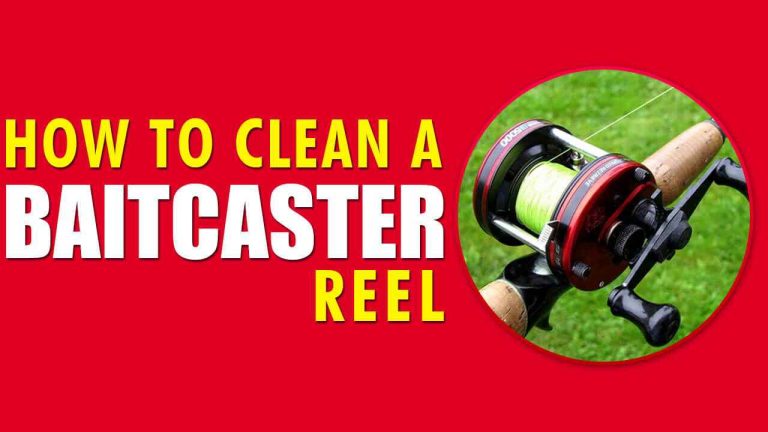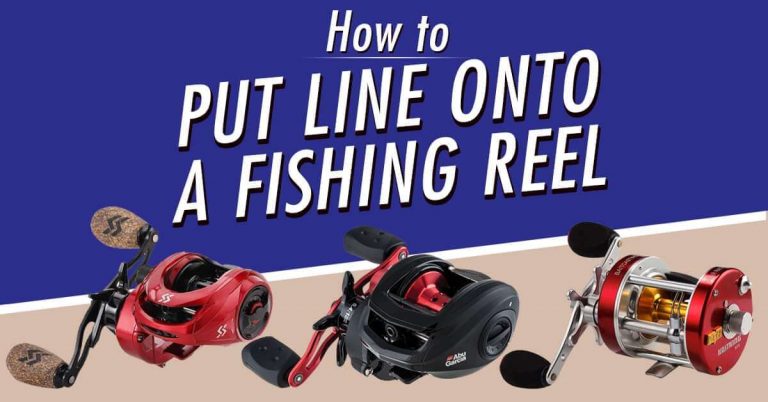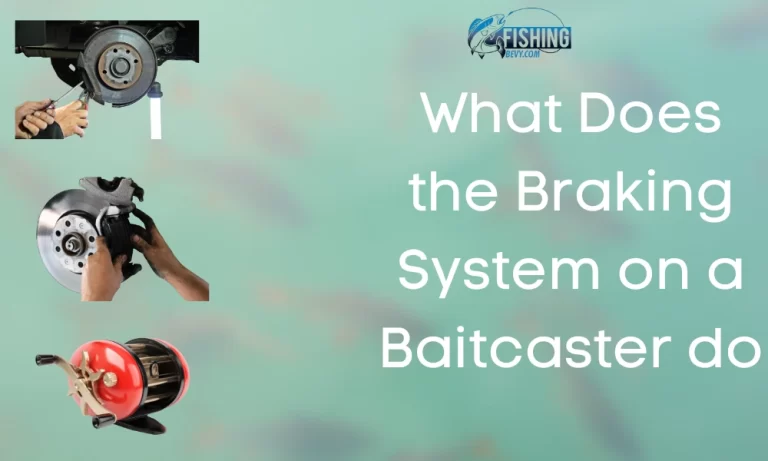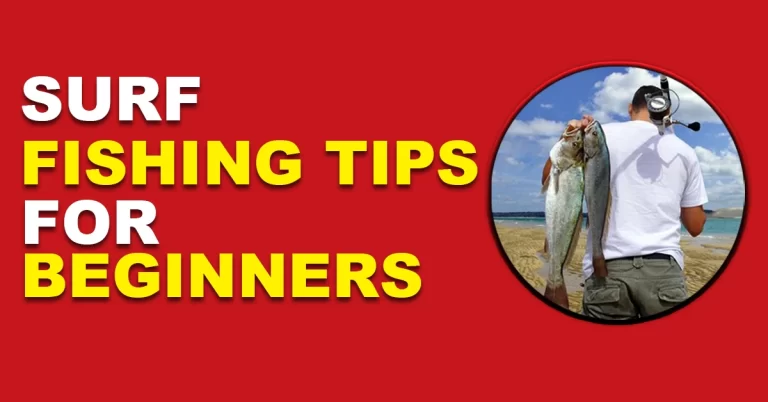How To Spool a Spinning Reel Like a Pro
Fishing is one of my favorite pastimes. I love to get out on the lake and try to catch bass or catfish. One of the most important pieces of equipment for any fisherman is a spinning reel. Today, we’re going to talk about how to spool a spinning reel properly so that you can start catching fish right away!
What is spooling a spinning reel & why is it important?
Spooling a spinning reel is the process of properly filling the line spool with a fishing line in order to ensure that you have the most efficient, effective, and safe setup for your fishing adventure.
It’s important to understand how to correctly spool a spinning reel because if done incorrectly, it can lead to issues such as line twists or tangles, resulting in lost time and possibly even lost fish!
What is the Right Way to Spool a Spinning Reel
Before spooling your spinning reel, you need to make sure that you have the following items: Fishing line, scissors or knife, and a filler spool if available. Additionally, it’s helpful if you have a rod with an adjustable drag so that you can test how the line works during the spooling process.
The second step in how to spool a spinning reel is to attach the line. To do this, loosen the drag by turning it counter-clockwise. This will make it easier for you to thread the line onto the reel. Take one end of the fishing line and place it through the opening at the top of your spool. Once through, take a few inches and loop them around the spool so that they won’t come undone while you’re winding.
Next, begin turning your handle clockwise and begin spooling your line on tightly, but not too tight. As you wind your line on, keep an eye on how much slack is between each turn. If there is too much slack, it will cause your line to become weak and could potentially break when you’re fishing.
When you have finished spooling, make sure that you have the right level of line. You can check this by letting out a few feet of line and then winding it back up. This will give you an idea of how much line is left when the spool is filled.
Tips for Spooling a Spinning Reel like a Pro
– Double check your line. Before spooling a spinning reel, it is important to make sure that the line you are using is in good condition. Check for any knots, tangles, or frays as these can cause problems during the spooling process.
– Get a line clip or holder. Using a line clip or holder when spooling a spinning reel will ensure that the line stays in place while winding it onto your reel. It also prevents kinks and tangles from occurring.
– Properly tie the knot to attach your line to the spool. When attaching the fishing line to the reel, make sure you use an appropriate knot such as an arbor knot, Palomar knot, or improved clinch knot to secure it firmly in place without slipping off.
– Start with smaller loops of line on each side of the reel when winding. To ensure an even distribution of line and reduce the chance of wind knots, start winding the reel with smaller loops on each side before gradually increasing their size as you progress.
– Keep tension on the line for a smoother spooling process. As you are winding the line onto your spinning reel, make sure to keep some tension in it. This will help keep the line from becoming tangled or knotted.
– Spool slowly and evenly. As you are winding, make sure you are spooling the line evenly across the reel. This will make sure that your line is evenly distributed and will help reduce wind knots.
The benefits of Spooling your Spinning Reel Correctly
For starters journey, it will help to ensure your line stays tangle-free and perform optimally with every cast. It’s also a great way to minimize the chance of losing fish due to too much drag or line breakage.
Finally, having a properly spooled reel can extend its life span dramatically by ensuring that all components of the reel are working in coordination. This can save you money and time down the road, as a properly spooled spinning reel will require less maintenance than an improperly maintained one.
In summary, spooling your spinning reel correctly is essential for prolonging its life span and ensuring optimal performance for every cast. It’s a simple process that can save you both time and money in the long run. Be sure to take your time and follow the steps outlined above for best results.
How to fix Common Problems with Spooling a Spinning Reel
If you’re having trouble with spooling the line properly on your reel, here are some steps to troubleshoot common problems.
–Start by checking the drag settings on your spinning reel. If it is too loose or tight, this can cause issues with how well the line lays on the reel and how much tension is put on it. Make sure that it’s set in a way that allows for a strong yet consistent pull from the fish without being set so tight as to make casting difficult.
–You may also need to adjust how much line is left on your spool when reels become empty from catching multiple fish. This will help ensure that you’re always ready for any piece and reduce the chances of your line becoming over-tensioned due to an extra amount of line being left on the spool.
– Make sure to check how the end of the line is attached to your reel. If it’s not properly secured or tied in place, this can cause issues with how well the line lays on the spool or how much tension is put on it. Make sure that you use a figure-eight knot and loop the line multiple times for the most secure hold.
By following these steps, you can be sure that your spinning reel is set up properly and ready to go for your next fishing experience. With a few simple steps, you’ll be able to enjoy a hassle-free and successful day on the water.
Final Words
You now have the basic knowledge and tools to spool a spinning reel. With a few minutes of practice, you’ll be able to successfully spool your reel with ease. Remember to take your time when spooling, as it can become frustrating if done incorrectly. Lastly, after finishing your job never forget to clean up the line and reel so that your next outing is successful.
Good luck and happy fishing!






